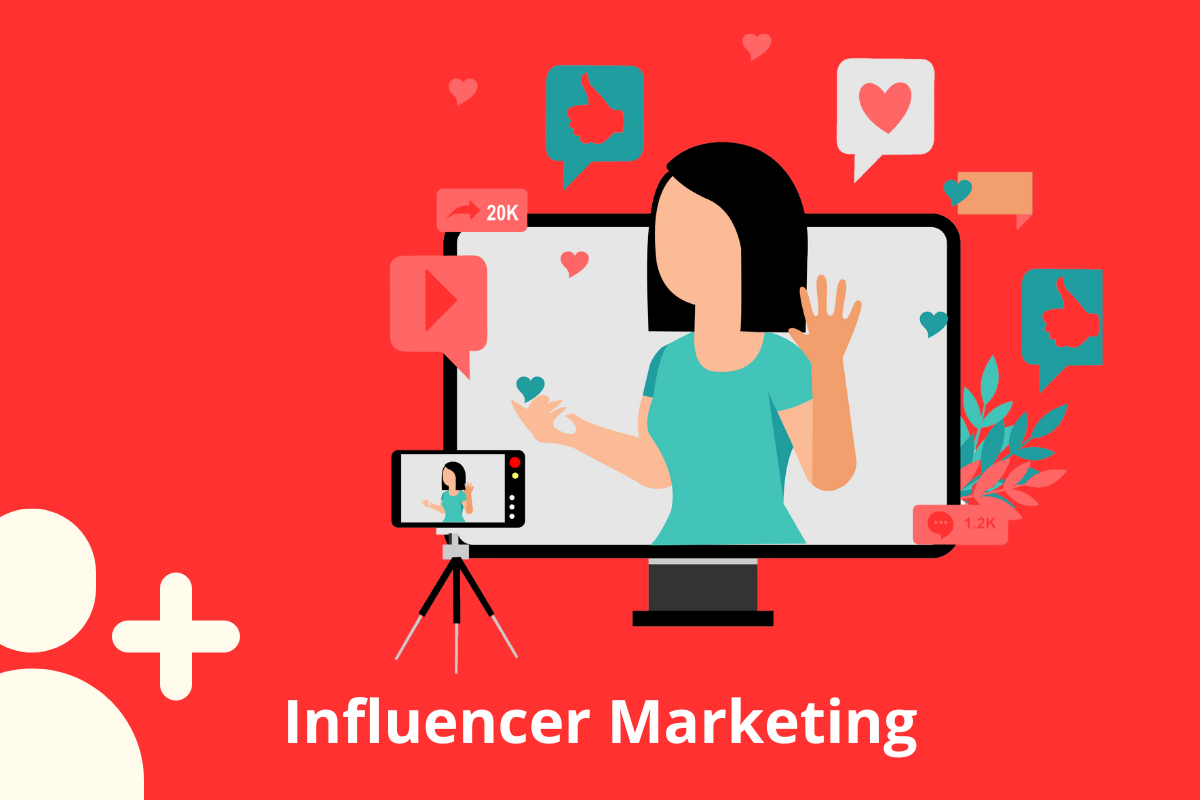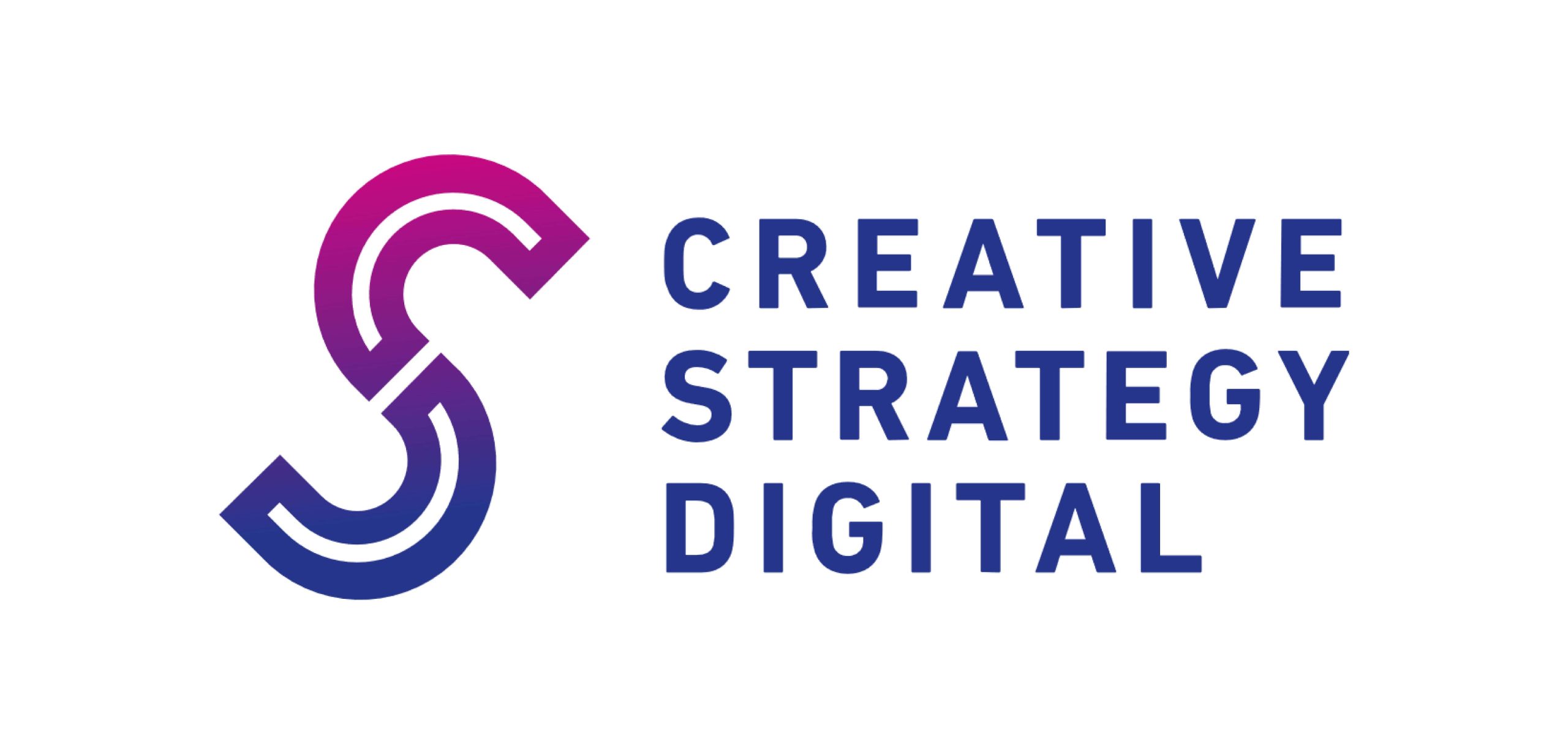Avoiding Fake Influencers: What to Check Before You Pay
In today’s digital world, influencer marketing is a powerful way to connect with audiences and boost brand visibility. However, not all influencers are created equal. The rise of fake influencers—individuals who appear influential but lack a real, engaged audience—can lead brands to waste thousands of dollars on campaigns that deliver no value.
Before investing in influencer partnerships, it’s crucial to know how to spot the red flags. This guide breaks down the key factors every brand should check before paying any influencer.
Why Fake Influencers Are a Real Threat
Fake influencers often buy followers or use automated bots to inflate their numbers. While they may look impressive on the surface, their audience isn’t real, and neither is their influence. Collaborating with such profiles can result in:
- Low engagement rates
- Minimal conversions
- Wasted marketing budget
- Damage to brand reputation
How to Spot a Fake Influencer
1. Analyze Their Engagement Rate
A high follower count means nothing without active engagement. Check how many likes, comments, and shares their posts receive relative to their follower count.
Formula: Engagement Rate = (Likes + Comments) ÷ Followers × 100
For example, if someone has 50,000 followers but only gets 100 likes, that’s a red flag. Authentic influencers usually have an engagement rate between 1.5% to 6%, depending on their niche.
2. Review Comments for Authenticity
Fake influencers often receive generic or spammy comments from bots. Look out for comments like:
- “Nice post!”
- Emoji-only replies
- Repetitive or irrelevant remarks
Genuine influencers will have thoughtful, relevant interactions from followers who care about their content.
3. Check Follower Growth Patterns
Use tools like Social Blade to analyze follower growth over time. If there’s a sudden, massive spike in followers without viral content to back it up, it might indicate bought followers.
Steady and organic growth is a sign of real influence.
4. Evaluate the Quality of Content
Authentic influencers put effort into their content. Look for:
- High-quality visuals
- Meaningful captions
- Consistent posting
- Brand-relevant themes
5. Inspect Their Audience Demographics
Request insights or media kits from the influencer. Pay attention to:
- Location: Is their audience from your target market?
- Age and gender: Are they aligned with your buyer persona?
- Engagement vs. reach ratio: Is their engagement in line with their visibility?
6. Run a Fake Follower Audit
Use platforms like:
- HypeAuditor
- Modash
- FollowerCheck
These tools analyze accounts for fake followers, suspicious activity, and audience quality.
7. Ask for Case Studies or Past Collaborations
Legit influencers often showcase past partnerships and results. Ask for:
- Campaign stats (clicks, conversions, reach)
- Brand testimonials
- Screenshots of performance metrics
No proof = no payment.
Bonus Tips to Stay Safe
- Use contracts outlining deliverables and deadlines.
- Start small—run a test campaign before scaling.
- Track everything using UTM links, discount codes, and analytics tools.
Final Thoughts
Avoiding fake influencers is not just about saving money—it’s about protecting your brand and maximizing ROI. By verifying influencer credibility through data, tools, and smart judgment, you can build authentic partnerships that actually drive results.




